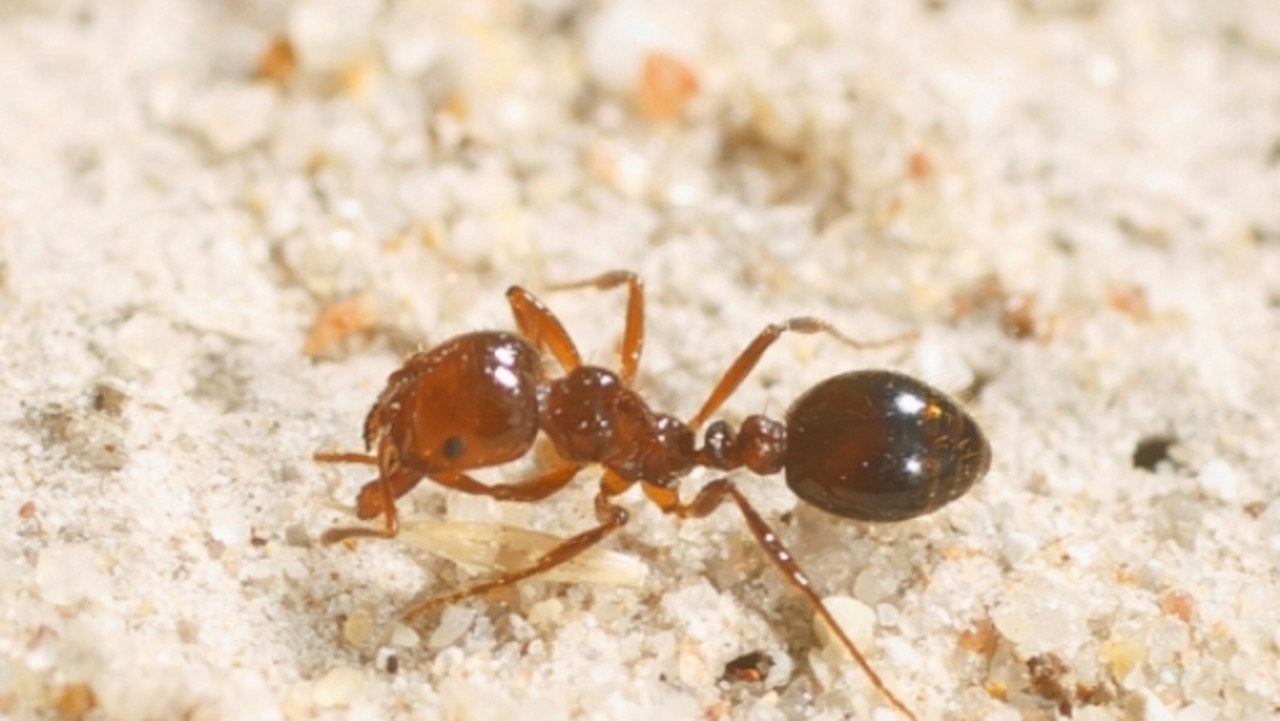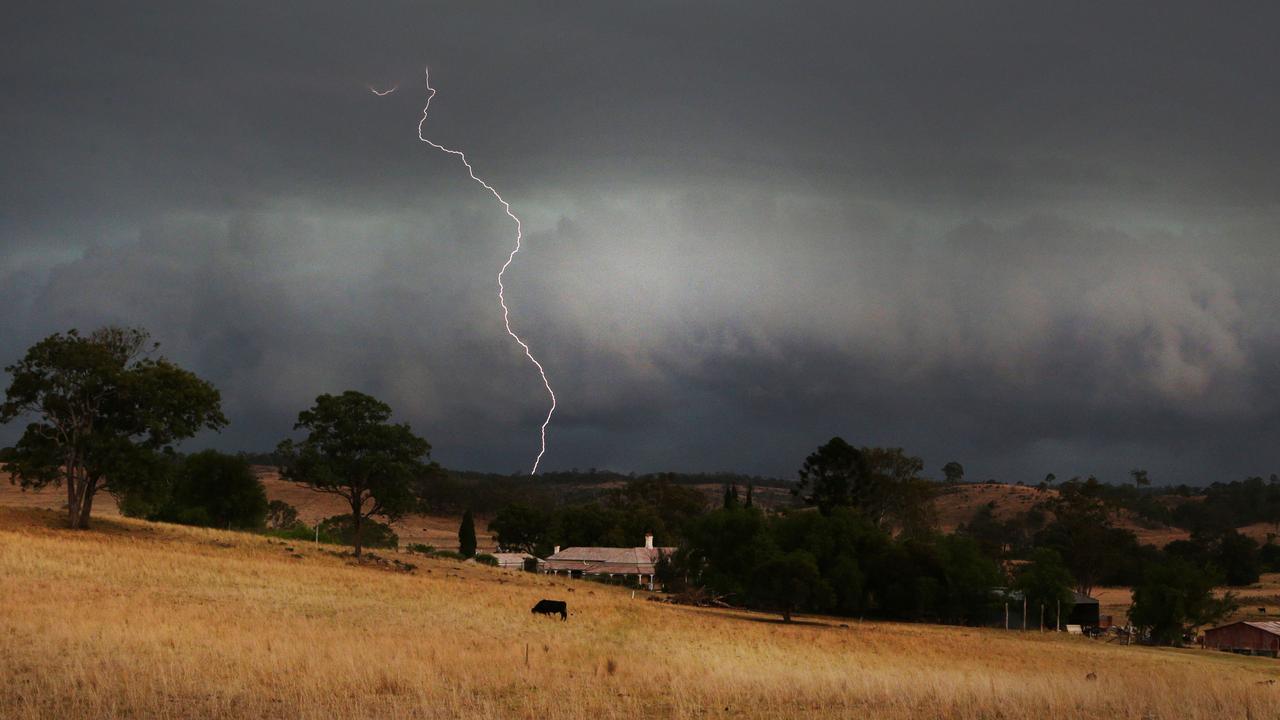Why it will take years to eradicate fire ants in the Lockyer
Fire ants coming out of hibernation in the south east will be hit with an intensive baiting program.

Gatton
Don't miss out on the headlines from Gatton. Followed categories will be added to My News.
SUCCESSFUL intensive baiting in the Lockyer Valley will expand east to treat pesky fire ants as they emerge from hibernation.
After three years of intensive treatment in Lockyer Valley, Scenic Rim and parts of Ipswich, fire ant eradication is now moving east into parts of greater Ipswich and western Logan.
National Red Imported Fire Ant Eradication Program Steering Committee Chair Dr Wendy Craik said the treatment would bring relief from fire ants in the coming months, and residents should expect a knock at the door.
“With ground temperatures rising, fire ants are starting to come out of winter hibernation to look for food and this is the perfect time to bait,” she said.
“Residents in these areas, as well as some sections of the Lockyer Valley, Somerset and Scenic Rim, can expect treatment to occur in their backyards and neighbourhoods.
“Entry onto all properties is essential for eradicating fire ants and officers are legally authorised to enter.
“Fire ant bait is safe for people, as well as pets and is used according to the product labels and permits so residents should not be concerned.”
Suburbs in the new eradication treatment area include Lowood, Purga, The Bluff, Rifle Range, Mutdapilly and Coolana.
Dr Craik said there may be crossover with some suburbs which were previously treated, but there was a buffer zone in place to protect the previous and new eradication areas from flying queen ants looking to set up a new colony.
“Our winter surveillance shows that three years of intensive eradication treatment in the Lockyer Valley, Scenic Rim and Ipswich has knocked populations down considerably, but total clearance will take a few more years,” she said.
“Over the course of the program’s 10-year plan, we are focused on eradication strategies, working from the western boundary of the infestation area to the east.
“We also have strategies in place to suppress fire ants inside the operational boundaries to minimise spread until eradication reaches those areas.
“Fire ant eradication is not easy, but we are seeing some promising signs for our plan to be rid of this pest.”






